
Developer: Killpixel Games, Slipgate Ironworks
Publisher: 3D Realms, Fulqrum Publishing
Platform: PC, PS4, PS5, Xbox One, Xbox Series X|S
Tested on: PC
Wrath: Aeon of Ruin – Review
It hasn’t been all that long since we took a look at 3D Realms’ GRAVEN and we’re already looking at another title from the granddaddy developer of ‘90s FPS games. Wrath: Aeon of Ruin, as the game is called, looks to be a more traditional take on the genre, compared to GRAVEN’s RPG-infused spell-slinging action. GRAVEN wasn’t… very good, to say the least, but given that 3D Realms’ latest release has been in development since 2019, we’re a bit more hopeful that Wrath is able to make us relive the glory days of Quake and Unreal. Can Wrath’s 90s-infused nostalgia factor blow us away or is it a dud?
Story
While we wouldn’t outright say that there is no story in Wrath, you do need to go out of your way to piece it all together. The game opens with a wall of text, and there are smidgens of narrative scattered across the game, hidden in scrolls that you’ll find in secret areas. Ultimately, nobody is here for Wrath’s story, of course. The basic premise is as simple as you’d expect from a retro shooter: players take on the guise of the Outlander, and must make their way through three forsaken worlds in order to retrieve the five magical runes that open up a portal to Hell itself, where Wrath’s final boss is waiting for them.
Graphics
Credit where it is due: Wrath definitely looks like a game that could actually have been released in the mid-’90s, with low poly environments and repeated assets. It’s also a very dark game, to the point where you probably need to turn up the brightness settings to see what’s going on. For most games, we’d be dismissing the visuals, but in the case of Wrath, we know that the graphics were deliberately designed to look like this. The art direction is fantastic here, with hideous enemy designs, some of which explode in satisfyingly gory ways upon being killed. The retro visuals shouldn’t be too taxing on your hardware either, and the game performs as it should, even when there are dozens of enemies on screen at a time.
Sound
We were expecting a high-adrenaline rock soundtrack to pump through our speakers as we tackled Wrath’s levels, as that would be appropriate both for the setting and for the time period that the game attempts to convey. In practice, we were left feeling underwhelmed by what the game had to offer in terms of background music, as it sounded too calm for the on-screen action. The sound effects do make up for this, as spatial awareness is used in the best way possible. You’ll hear enemies power up their attacks around you, even if you can’t see them yet, and so Wrath turns sound effects into a gameplay element. The game lacks voice acting, though the only area where this is really noticeable is when Wrath tries to cram story bits in between gameplay.
Gameplay
From the get-go, it’s clear that Wrath is a labor of love, paying homage to the glory days of the boomer shooter; it’s even built on a modified Quake engine, and respected members of the modding community designed the level layouts. The result sticks the landing of its core experience, and Wrath’s few shortcomings are a consequence of the game wanting to throw too much at the player at once. Wrath’s core absolutely nails what it sets out to do. If you’re here to blow grotesque monsters to smithereens using an arsenal of over-the-top weapons, while looking for pickups and secret areas, then you’ve come to the right place. It’s an all too familiar rush that also relies on trial and error and memorization of where and when enemies pop up and what their attack patterns are. This in turn lets you figure out the cadence of which weapon or limited-time power-up to use to overcome a situation. The moment-to-moment gameplay of Wrath is on-point, even though the connective tissue between those moments might be stretched out a bit too much.
Enemy archetypes are a highlight, as every new creature that rears its ugly head in your vicinity poses a new challenge to figure out, even though we would have liked to have seen more enemy variety. From “simple” enemies like skeleton hordes to androids that fire electrically charged missiles at you and explode when you kill them, Wrath’s constant stream of things that try to kill you keeps you on your toes early on, but the initial threat of dealing with new things is quickly replaced by sheer numbers instead. In true ‘90s fashion, death is constantly lurking around the corner, and early on the game feels unfair as hidden enemies pop up unexpectedly. As you keep replaying levels, you’ll know when and where these ambushes happen, and you can prepare accordingly, either through strategizing or by spamming power-ups, such as a gas canister that turns enemies against one another. Our favorite power-up, however, turns you invincible for a short time at the cost of leaving you at a single hit point afterwards. High risk, high reward indeed.
So what then, are Wrath’s shortcomings? Well, the most egregious one is the game’s convoluted save system. Saving is done at so-called Shrines, which act as one-time-use checkpoints that are dotted around the levels. These are supplemented with consumable items called Soul Tethers, which are used for quick saving. Shrines are rare enough that you constantly need to be mindful of when to use these items, lest you’re forced to do massive amounts of backtracking should things go wrong. There are points in the game where you need to be mindful of not just enemies but environmental obstacles as well, and where falling off ledges becomes a reality, and it is in these trickier sections that the limited save system really becomes an annoyance. The other big shortcoming is that despite how well the levels are designed and paced, they’re simply too large. The shortest level in the game, Twilight Archives, takes around half an hour to complete, with other levels averaging around 40 minutes to navigate, and literally hundreds of enemies littering each. It’s easy to lose your bearings and get lost in the more elaborate, maze-like large levels, especially as there is no in-game map. This makes Wrath exhausting to play, and we would have preferred if the maps had been broken up into 10-15 minute chunks suitable for pick-up-and-play sessions. As it stands, Wrath’s levels are fun but tiresome.
Conclusion
When Wrath: Aeon of Ruin shines, it shines brightly, as the game perfectly encapsulates what made ’90s shooters so good in the first place. However, the convoluted save system and overly long levels hurt the overall appeal, as the amount of backtracking and sheer duration of playing a single stage of Wrath can become exhausting. Wrath isn’t suitable for short bursts, but if you’re in the mood for a shooter that you can really sink your teeth into, then you’ll find exactly that here.


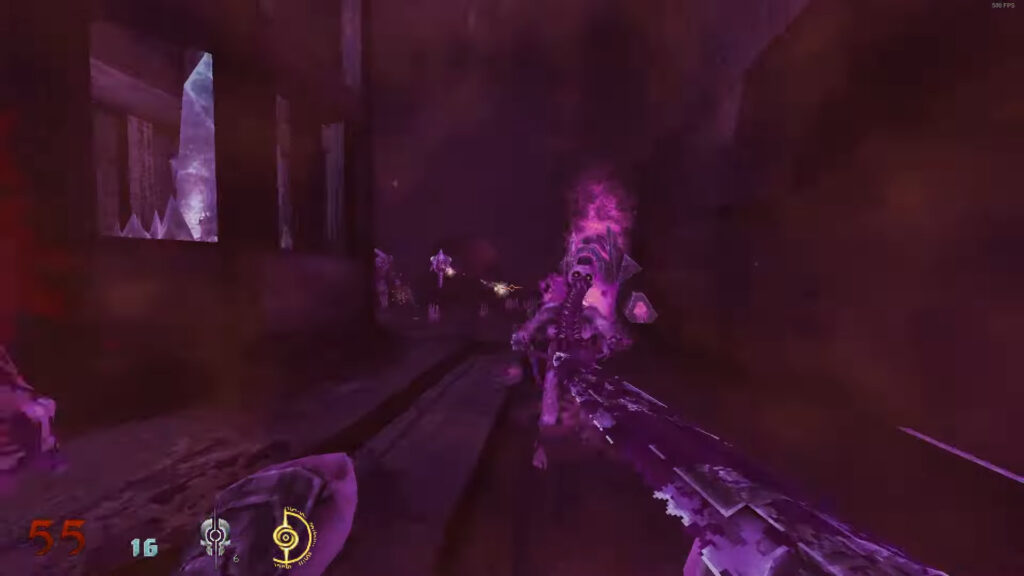
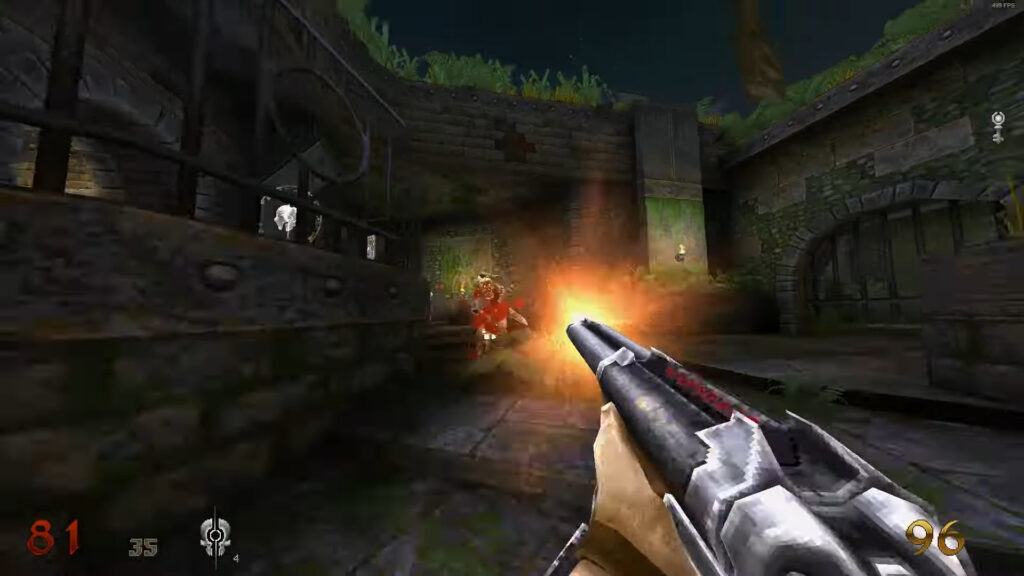
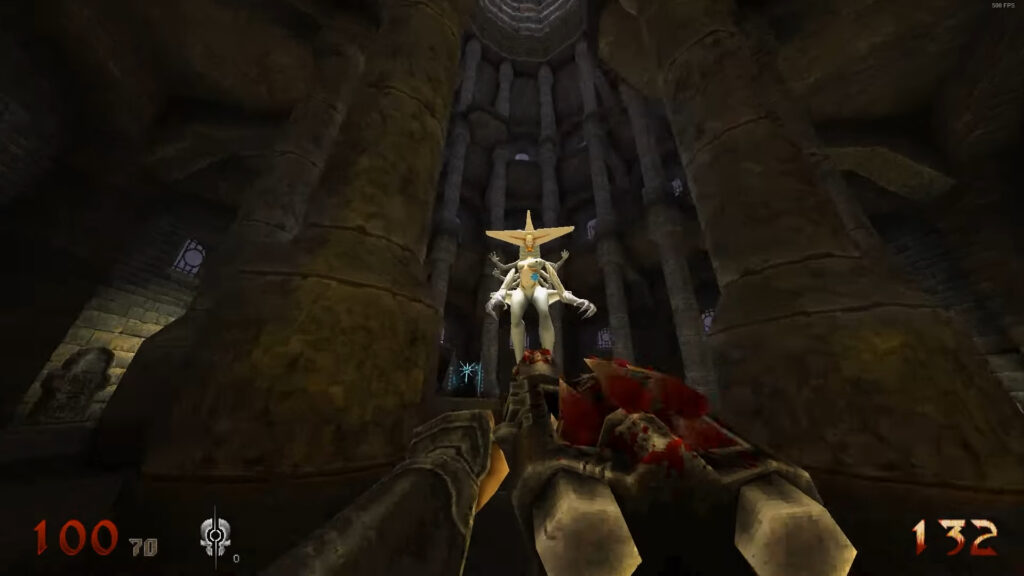
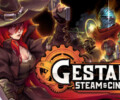

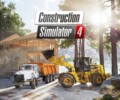
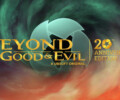
No Comments